The New MacBook Pro Is Today’s Best Laptop: Here’s Why
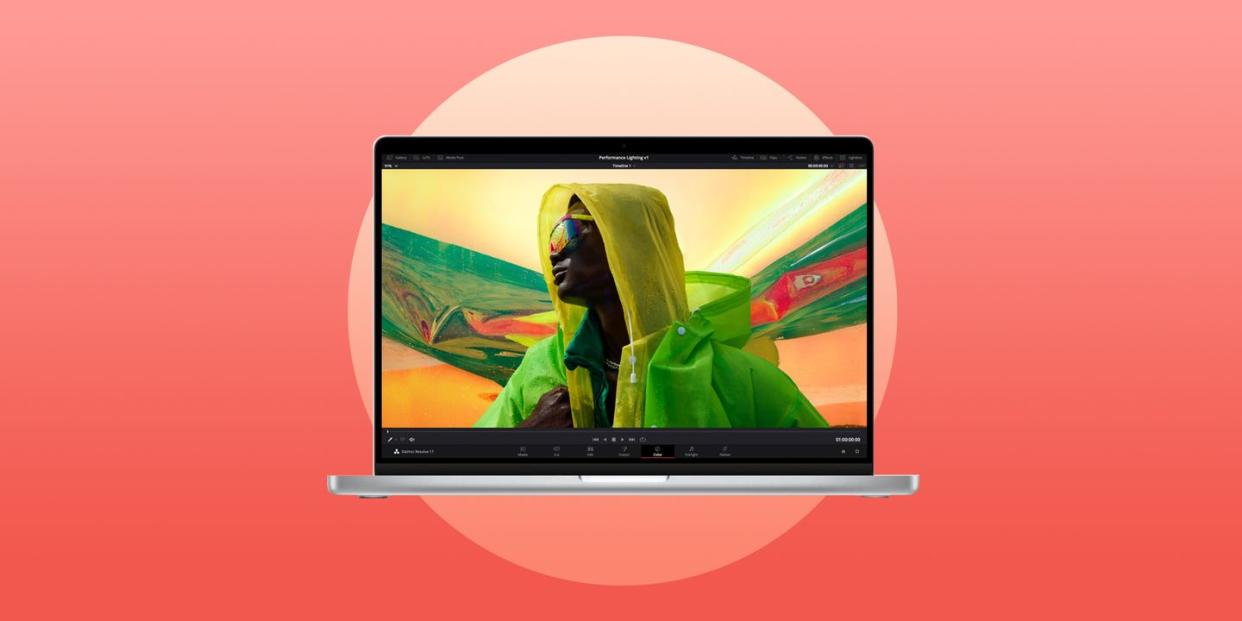
"Hearst Magazines and Yahoo may earn commission or revenue on some items through the links below."
A year after taking the MacBook Pro and the MacBook Air to a whole new level with the M1 chip, Apple has given its range-topping notebooks a complete refresh. The 14-inch MacBook Pro — Apple’s first to rock such a display panel — and the latest 16-inch iteration both sport new designs and hardware.
These include new and even more capable M1 Pro and M1 Max chips, stunning Liquid Retina XDR displays, more connectivity features, and a revamped keyboard, to name just a few.
Key Specs
• Apple M1 Pro/ M1 Max chip, Neural Engine
• 14.2-inch Liquid Retina XDR display with ProMotion, True Tone Technology
• Up to 64 GB of RAM; up to 8TB SSD
• Touch ID fingerprint sensor
• Three USB-C ports with Thunderbolt 4; SDXC card slot; HDMI; MagSafe 3
Apple unveiled the latest MacBook Pros during an “Unleashed” keynote event, alongside new AirPods and colorful HomePod mini variants. Since then, the 14-inch version has been my go-to workstation, constantly exceeding my sky-high expectations. Here’s why it's worth every cent of its substantial price tag.
Incredible Performance and Battery Life
The M1 Pro and M1 Max chips are insanely powerful, yet energy-efficient
Every MacBook Pro iteration has a best-in-class battery life of up to 21 hours
MagSafe 3 is fast and convenient in equal measure
The revolutionary Apple M1 chip altered my expectations about the power and performance of an ultrabook when I tested the 13-inch MacBook Pro in 2020. And the M1 Pro and M1 Max chips that power the latest ones are even more capable.
The new hardware bits utilize the same 5-nanometer architecture as the M1 chip, allowing them to pack billions of transistors — microscopic building blocks of a computer processor — into a tiny space. The Pro and the Max chips have billions more transistors — more than twice and thrice, respectively — than the original M1. The increased amount allows the components to deliver superior performance without skimping on energy efficiency.
The M1 Pro and the M1 Max chips have also taken a massive leap forward in graphics performance and memory bandwidth. You can spec M1 Pro versions with up to 32 GB of RAM, while the M1 Max ones can sport up to 64GB of memory. For comparison, the M1-toting MacBooks’ RAM capacity tops out at 16GB.
With so much RAM at your disposal, you can simultaneously run a lot more apps than before, and even conquer entire workflows. For example, you can process a 4K video you created while preparing for your next project.
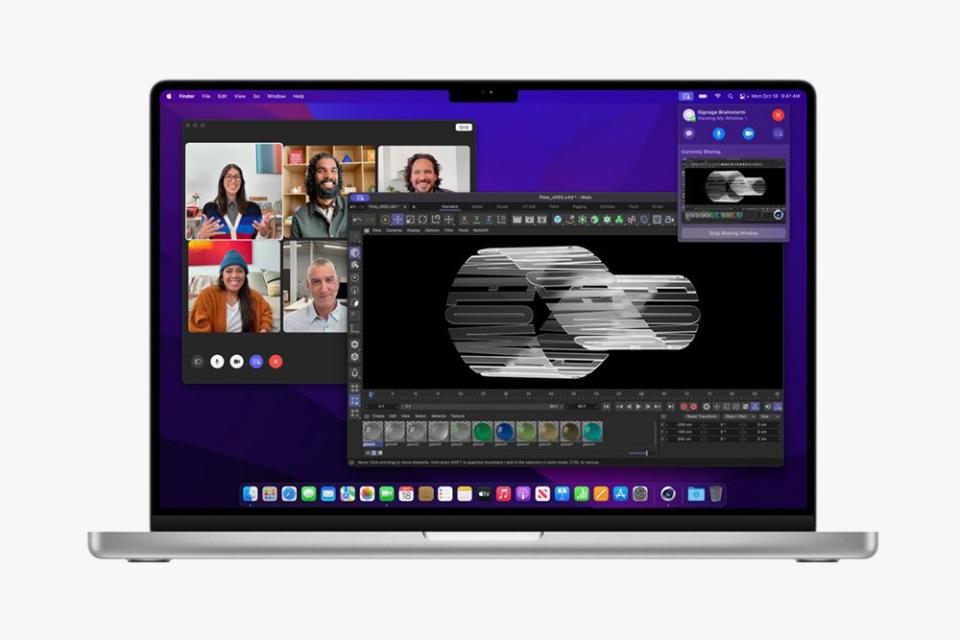
The real-life speed and sheer multitasking capabilities of the 14-inch MacBook Pro are the best I have experienced in a laptop yet. It aced my workflow of toggling between 20-plus browser tabs, fielding a stream of work emails and Slack messages, and editing images in Affinity Photo while streaming content from Apple Music.
I put the hardware further to the test by batch-processing multiple 50MP images in Affinity Photo without interrupting the above workflow. The demanding process included applying filters, resizing, and converting the large photos into different file formats with another resolution. Editing Dolby Vision-enhanced 4K videos I captured with my iPhone didn’t slow the notebook down, either.
Despite the massive workloads that I put it through, the 14-inch MacBook Pro didn’t become uncomfortably hot or distract me with fan noise. A high-end PC with similar capabilities would have been loud and next to impossible to hold.
Last year, the 13-inch MacBook Pro with the M1 chip shattered the industry standards of laptops’ battery endurance by offering up to 20 hours of screen-on time. According to Apple, the latest 14- and 16-inch MacBook Pros can last up to 17 and 21 hours apiece between power-ups — a staggering achievement any way you look at it.
During my weeks of evaluating the 14-inch MacBook Pro, I always got through an entire workday without power outlet anxiety, no matter how busy it was. The product’s battery performance is nothing short of spectacular, considering that it has beefier hardware and a brighter display than both its predecessors and PC rivals.
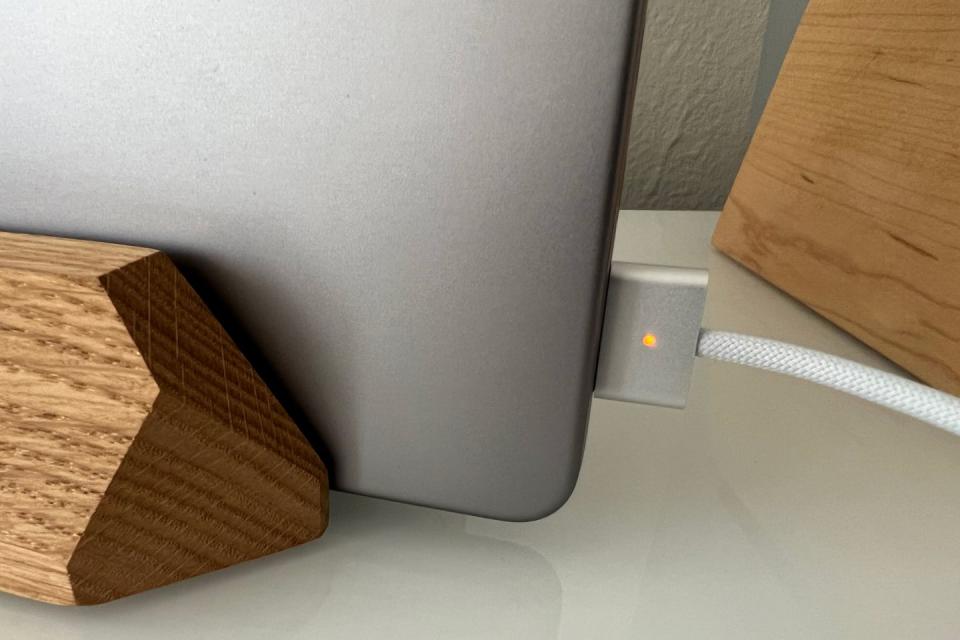
I tip my hat to Apple for bringing back MagSafe — a standout feature in MacBooks of old — to the latest Pros. Dubbed MagSafe 3, the newest take on the iconic tech needs only half an hour to charge the notebook’s empty battery to 50%.
If you plan to use the new MacBook Pro away from power outlets frequently, worry not: The device’s onboard USB-C connectors are suitable for charging, so that you can keep its lights on with a compatible battery pack.
Outstanding Display
The Liquid Retina ProMotion XDR display is the best in its class
It delivers accurate colors, deep contrast, and superb brightness
Its high refresh rate speeds up onscreen interactions
The Liquid Retina ProMotion XDR display on the new MacBook Pro is a massive upgrade over the Super Retina of older ones, and the best I have ever encountered in a notebook. It uses mini-LED technology as the latest iPad Pro with an M1 chip. By combining thousands of lights and local dimming zones that can switch the former off almost entirely to display black, the screen brings deep contrast, vivid-yet-accurate colors, and class-leading brightness.
Unlike laptops with buzzy OLED screens, the new MacBook Pro will allow you to use it easily, even when you're in spaces with bright, ambient lighting: Think outdoor scenes with direct sunlight like a patio and a backyard.
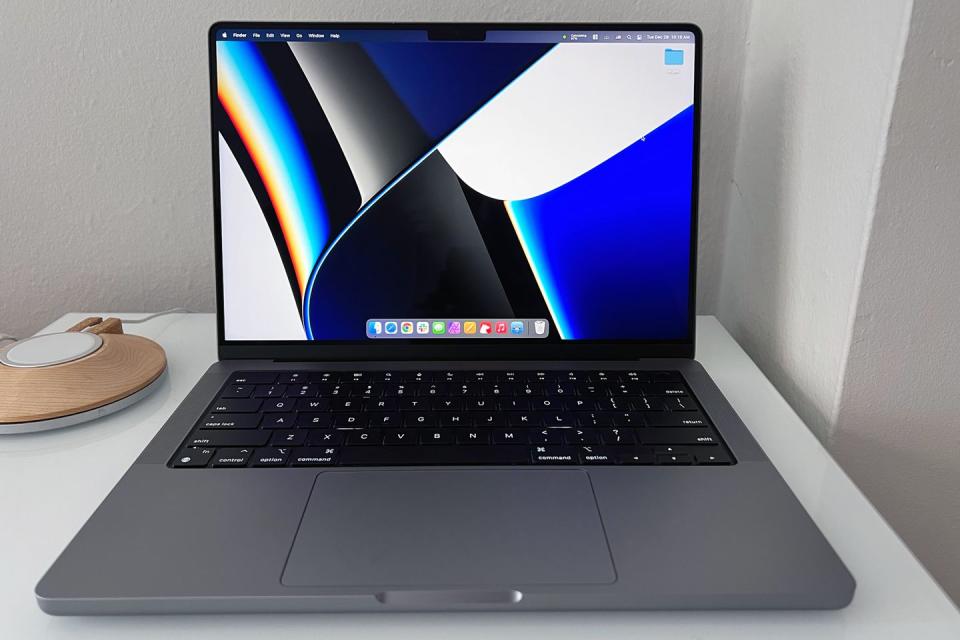
Available for the first time on a MacBook, Apple’s ProMotion technology brings a high refresh rate of up to 120 Hz to the 14- and the 16-inch Pro. This feature has been an iPad Pro calling card for years and a headline-grabbing iPhone 13 Pro novelty, making all onscreen interactions smoother and more enjoyable.
Crucially, ProMotion is adaptable to your viewing content, so it doesn’t significantly impact the notebook’s battery life — I constantly got a full day of use without having to disable it. Overall, the new display in the latest MacBook Pros is a legit reason why you should be upgrading. Of course, in a manner befitting a top-shelf laptop, the screen is surrounded by super-thin bezels.
Ample Connectivity Options
The HDMI port and SDXC card reader are back for the first time since 2015
USB-C ports can charge other gadgets
Up-to-date wireless connectivity
By bringing the HDMI output and card reader back, Apple has treated their latest MacBooks to connectivity tools worthy of the Pro moniker they rock. Both power user-friendly bits have been notably missing for years, and you’ll no longer need a USB-C hub to access them like before. That said, such an accessory will still come in handy for those who require old-school USB-A ports.
The laptop’s Thunderbolt 4-compatible USB-C connectors can power three external monitors in M1 Max models, and a maximum of two in M1 Pro versions. You can also use them to charge other gadgets.
The wireless connectivity tools of the notebook are as futureproof as they can be, thanks to Wi-Fi 6 and Bluetooth 5.0. Support for both standards will ensure that the MacBook Pro will seamlessly pair with the latest wireless routers, as well as countless Bluetooth earbuds, headphones, and speakers.
Other Noteworthy Bits
The MacBook Pro no longer has a Touch Bar
The Full HD FaceTime camera is the best in a MacBook yet
Best-in-class audio capabilities
Ditching the Touch Bar for a proper row of hardware buttons is another novelty the MacBook Pro offers. Such a setup is less distracting and more dependable than the touch-sensitive panel of the previous generation. The large trackpad of the notebook is fantastic, as always.
A FaceTime camera with Full HD resolution is another hype-worthy MacBook Pro upgrade. Paired with studio-quality microphones, it makes the device an even mightier tool for work. Virtual meeting and video call participants will see (and hear) you better than ever.
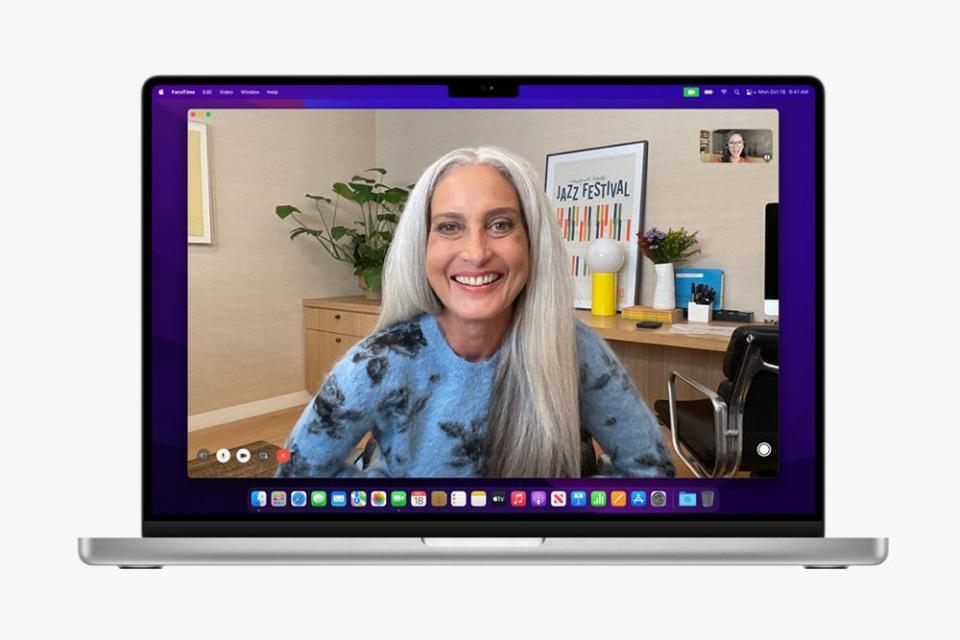
The improved FaceTime camera is part of an iPhone-esque display notch that's integrated into the top display bezel, and this design quirk is another first that the notebook brings. Because of a recent macOS update, it no longer affects the functionality of the menu bar.
Sound-wise, the MacBook Pro is the best product in its class, courtesy of a six-speaker setup with spatial audio capabilities. The audio hardware made the 14-inch model sound much bigger while I tested it. It produced a detail-rich and powerful sonic experience that belied the notebook’s thin form factor.
Speaking of sonic experience, I was amazed to discover that the built-in audio jack on the MacBook Pro can power audiophile-grade, high-impedance, wired headphones. Typically, any laptop would require an external sound card or amp for such a task.
The machined metal body of the new MacBook Pro is noticeably sleeker than those of its predecessors. Apple has crafted the enclosure from 100% recycled aluminum, so the notebook is as eco-friendly as it is elegant.
Final Verdict
The 14- and 16-inch MacBook Pros are Apple’s best laptops yet, and the best products in their price range. The performance, battery life, and portability they offer are in a league of their own, and deserving of the legendary Pro label. The products are a high watermark for traditional clamshell laptops, and worth the investment.
The 2021 MacBook Pro starts at $1,999 for a 14-inch notebook with an M1 Pro chip, 16GB of RAM, and a 512GB SSD storage drive. That’s a stellar configuration that will meet the needs of most power users. Plus, it's better than a comparably priced PC ultrabook on many levels.
A 16-inch Pro with the same chip and RAM capacity costs $500 more. Top-spec versions with both display sizes with an M1 Max chip, 64GB of RAM, and 8TB of storage cost well beyond $5,000.
You Might Also Like

